It shouldn't be straight in particular, according to Dijkstra or A*, as you say it has no impact on the total cost. I'll assume, by the way, that you want to prevent useless zig-zagging in particular, and have no particular preference in general for a move that goes in the same direction as the previous move.
Dijkstra and A* do not have a built-in dislike for "weird paths", they only explicitly care about the cost, implicitly that means they also care about how you handle equal costs. There are a couple of things you can do about that:
- Use tie-breaking to make them prefer straight moves whenever two nodes have equal cost (G or F, depending on whether you're doing Dijkstra or A*). This gives some trouble around obstacles because two choices that eventually lead to equal-length paths do not necessarily have the same F score, so they might not get tie-broken. It'll never give you a sub-optimal path though.
- Slightly increase your diagonal cost, it doesn't have to be a whole lot, say 10 for straight and 11 for diagonal. This will just avoid any diagonal move that isn't a shortcut. But obviously: if that doesn't match the actual cost, you can now find sub-optimal paths. The bigger the cost difference, the more that will happen. In practice it's relatively rare, and paths have to be long enough (accumulating enough cost-difference that it becomes worth an entire extra move) before it happens.
